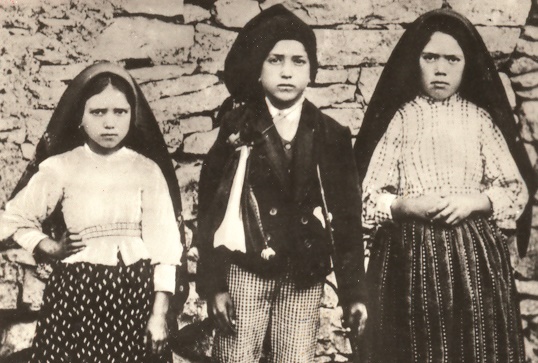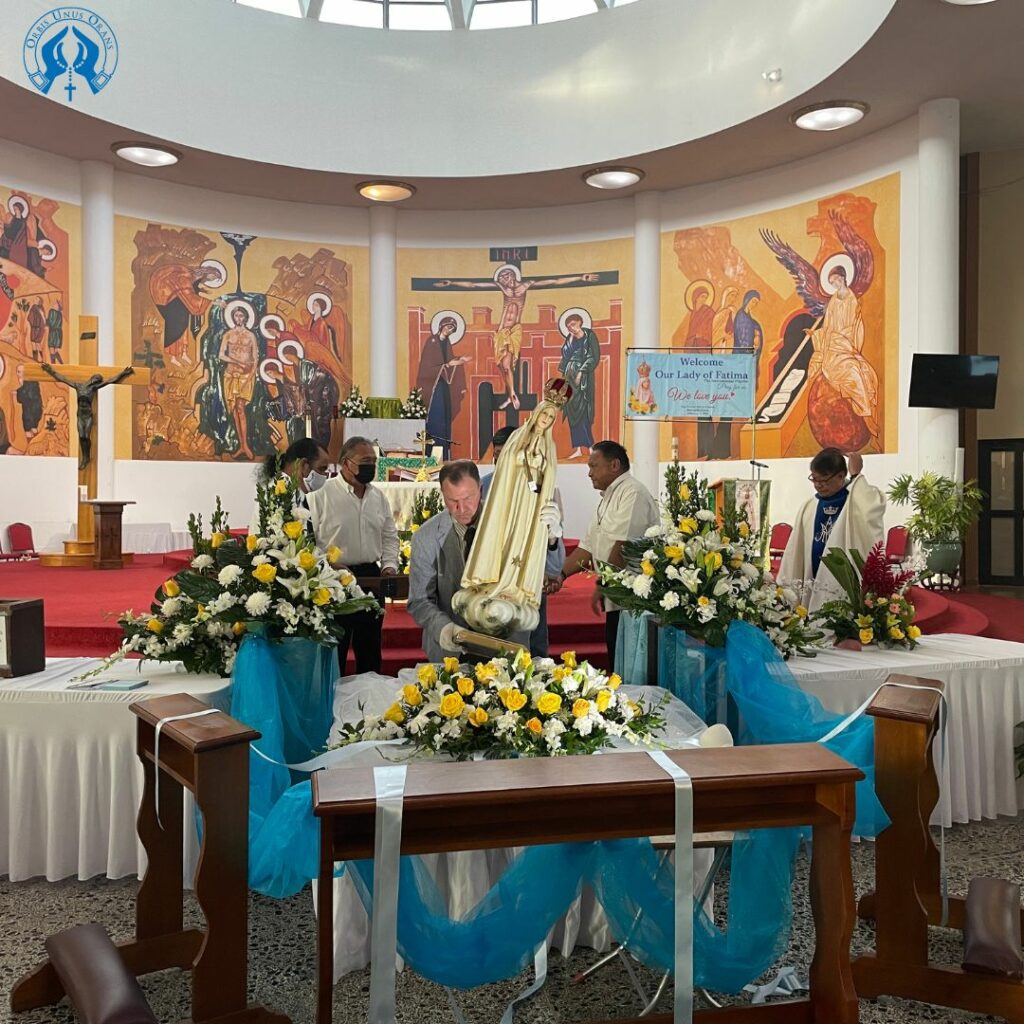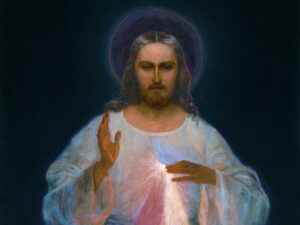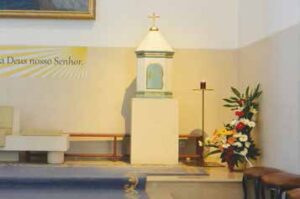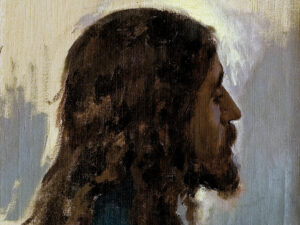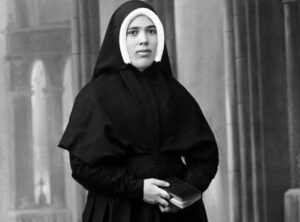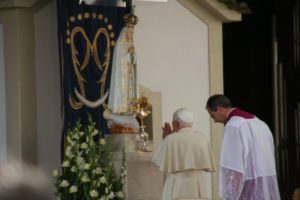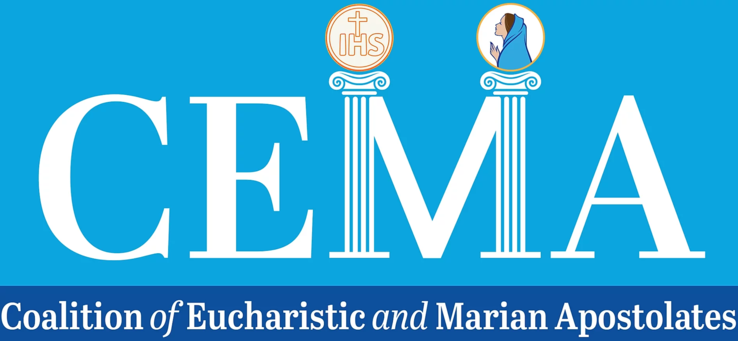

by Barb Ernster –
People say that the Holy Land is the fifth gospel. The place where Jesus was baptized in the Jordan River is part of this story.
Geographically, it is located in Jordan, on the eastern side of the Jordan River, bordering Israel. The Jordan River flows into the Dead Sea, an area that is the lowest elevation below sea level, due to its location on top of a fault line between two major plates. The movement of these plates causes the Dead Sea to sink, creating this most depressed area on the earth’s land.
One wonders if it is mere coincidence that Jesus is baptized and begins his ministry at this spot. The story of salvation here takes you from the lowest point on earth to the highest in heaven.
Biblically speaking, this area has a rich history, one that John the Baptist was certainly aware, and an important location for first century Jews. The site is where Moses led the Israelites to enter the Promised Land. As foretold by God, Moses never entered the land “flowing with milk and honey”, but died and is buried on nearby Mount Nebo. After his death, Joshua took the lead, crossing the Jordan River with the Ark of the Covenant and the Israelites following, in the spot where Jesus was baptized. This area is at a point where the river narrows to about 50 feet wide. When on the side of Israel, one can look across to Jordan and see Mount Nebo in the distance. When on the Jordan side, one can see Qumran, where the ancient Dead Sea scrolls were discovered.
Scripture tells us that after a near stoning by the Jews, Jesus retreated to the place across the Jordan, where John spent his time in the wilderness. “Then Jesus went back across the Jordan to the place where John first baptized, and there he remained. Many came to him and said, ‘John performed no sign, but everything John said about this man was true.’ And many there began to believe in him” (Jn 10:40-42).
One can imagine that this holy land, where God’s messenger dwelt, was a place of solitude and refuge for Jesus against the hostility of the authorities of Jerusalem.
The prophet’s path
The site was also a crossing point for the prophets, such as Elijah, and others traveling between Jerusalem and the eastern lands. It is where Elijah went up to heaven in a flaming chariot after he struck the Jordan River so that he and Elisha could cross over on dry land. (2 Kgs 2: 1-12). Elisha then receives a “double portion” of Elijah’s spirit.
St. John the Baptist knew the significance of this history and the prophecy that Elijah would return before the day of the Lord (Mal 3:23). He most likely chose this area on purpose as the place for his ministry. Even though John did not claim to be Elijah, nor the prophet, who was to precede the Messiah (cf Jn 1:21), Jesus testified that he was.
He referred to John the Baptist as “…Elijah, the one who is to come” (Mt 11:14). In Luke’s Gospel, it is the angel who predicts that John would go before the Messiah “in the spirit and power of Elijah” (Lk 1:17). Jesus again makes the connection of John with Elijah after the Transfiguration, when He and the apostles are descending the mountain. Elijah appeared in the vision with Jesus on the mountain, prompting the apostles to question why the scribes say Elijah must come first, before the Messiah. Jesus relates that “Elijah will indeed come first and restore all things (through baptism)… But I tell you that Elijah has come and they did to him whatever they pleased, as it is written of him” (Mk 9:12-13).
In 1996, archeologists excavated the area east of the Jordan and discovered the location where John was carrying out his baptisms. Also nearby is a church built over the cave where John lived. Excavations have uncovered more than 20 churches, caves and baptismal pools dating from the Roman and Byzantine periods.
The waters parted
When Joshua led the Israelites into the Promised Land, at the presence of the Ark of the Covenant, the waters of the river divided and formed a path for them. When Elijah struck the waters of the Jordan with his mantle, the river parted and dried up so he and Elisha could cross. At His baptism, Jesus divides the waters of the Jordan with His own Body, leading His people to the promised land of heaven through the sanctifying waters of baptism. In these waters of the Jordan River, the Trinity is revealed in perfect unity.
“The Savior willed to be baptized, not that He might Himself
be cleansed, but to cleanse the water for us.” St. Augustine.


